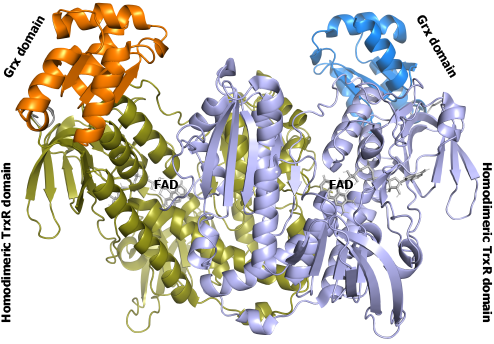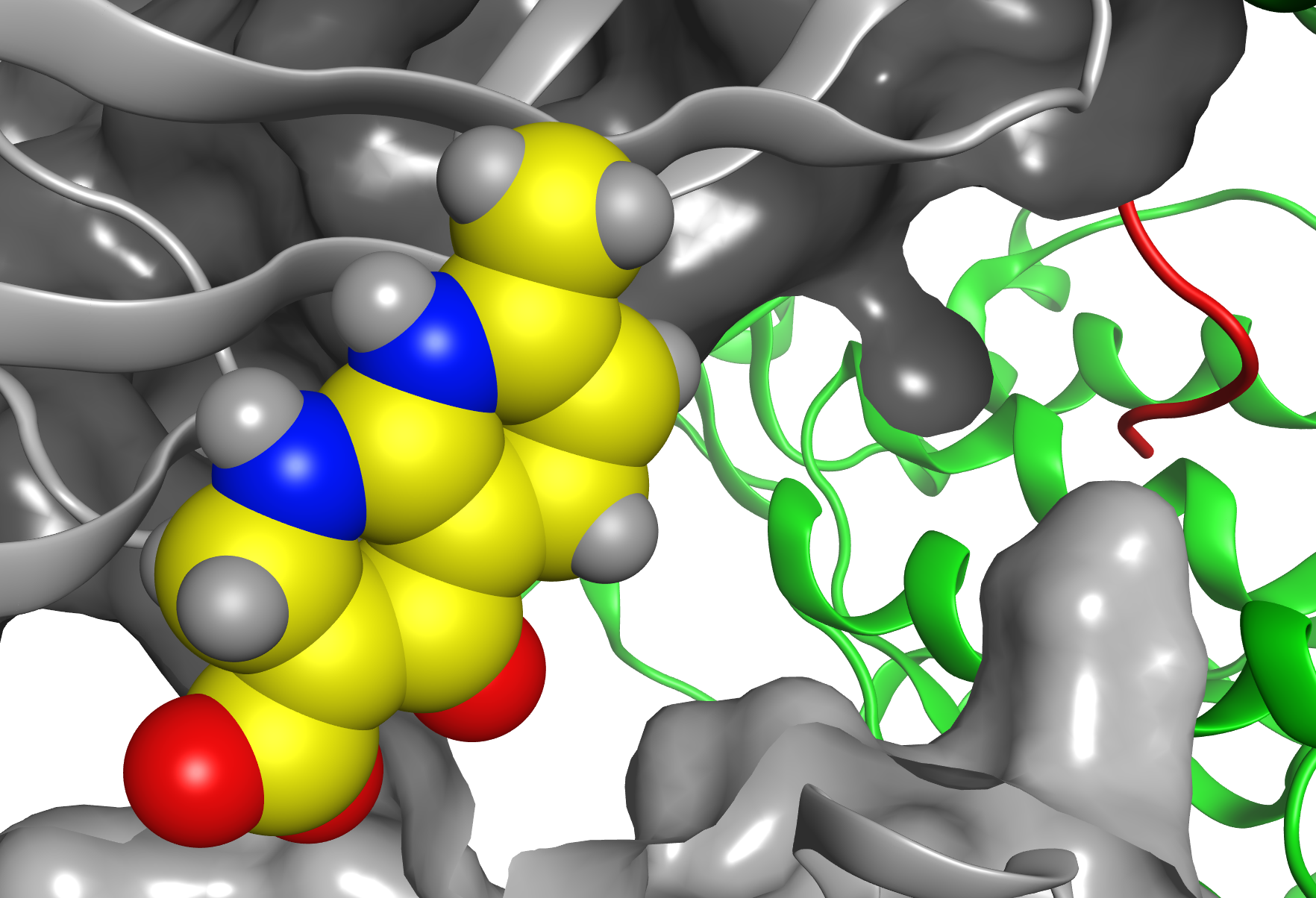Schistosomiasis
Schistosomiasis remains a devastating, neglected disease with more than 200 million people infected resulting in 200,000 deaths annually and poorly documented chronic illness and disability. Only a single drug, praziquantel (PZQ), is available, with no second-line therapeutics for refractive and resistant disease, or subsequent infections. Of immediate concern are results from mass drug administration (MDA) campaigns finding that PZQ cure rates are significantly lower than the 70-90% expected and possibly lower than 50%. This is due to several factors including low PZQ activity against migrating juvenile worms, rapid reinfection, and the use of improved, more sensitive diagnostics able to detect low intensity infections. Modeling studies indicate that MDA using PZQ alone is unlikely to interrupt transmission, and once MDA is suspended, the prevalence of infection is likely to rebound. Reliance on a single drug to treat hundreds of millions of people also raises concerns about the evolution of drug resistant schistosomes. Therefore, it is imperative to identify new drugs for schistosomiasis.
A New Target: TGR
Thioredoxin glutathione reductase (TGR) is one of the promising novel targets to combat schistosomiasis. Our collaborator Dr. David Williams laboratory have generated compelling evidence that schistosome redox defenses are limited, that they can be disrupted pharmacologically by inhibiting TGR, and that their disruption leads to worm death in vitro and in vivo (Prast-Nielsen, Huang et al. 2011, Huang, Rigouin et al. 2012, Williams, Bonilla et al. 2013).
The pioneering structural studies by Dr. Francesco Angelucci unveiled for the first time the unique domain architecture of a TGR enzyme (PDB:2V6O). TGR is a “W”-shaped homodimer formed by the fusion of a TrxR domain to a Grx domain. Further extensive biochemical analyses of TGR combined with 3D structures of TGR complexes with various substrates, covalent inhibitors (for example auranofin), and in different redox states (Angelucci, Miele et al. 2008, Angelucci, Sayed et al. 2009, Angelucci, Dimastrogiovanni et al. 2010, Huang, Day et al. 2011, Silvestri, Lyu et al. 2018, Silvestri, Lyu et al. 2019) allowed Angelucci and Williams laboratories to define in detail the catalytic mechanisms of TGR.
Toward novel inhibitors of TGR





